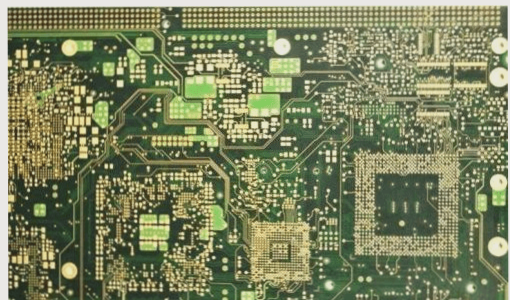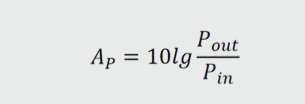PCBA Processing: Wave Soldering vs. Manual Soldering
In the electronics industry, PCBA processing involves both wave soldering and manual soldering techniques for soldering materials. Let’s explore the differences between these methods and their respective pros and cons.
Wave Soldering
- Customizable Parameters: Wave soldering allows precise customization of solder joint parameters, leading to lower defect rates and the potential for zero-defect soldering for through-hole components.
- Programmable Equipment: Utilizes programmable tin cylinders and soldering nozzles for efficient and damage-free soldering, even on complex PCB layouts.
- Advantages: Superior quality, enhanced efficiency, flexibility, reduced defects, lower pollution, and compatibility with various soldering components.
Manual Soldering
- Human Factors: Manual soldering is prone to human errors and challenges in meeting stringent quality standards, especially with increasing circuit board densities.
- Workforce Reliance: Traditional manual soldering relies on a large workforce for point-to-point connections, which may not be as efficient for batch production.
- Drawbacks: Issues with heat capacity, solder joint height, through-hole solder, and potential PCB damage due to temperature fluctuations or prolonged soldering.
Latest Insights:
In recent developments, the use of high-quality intelligent electric soldering irons like ERSA, OK, HAKKO, and Quick has improved soldering quality. However, challenges persist in controlling solder amounts, wetting angles, and maintaining consistency. Selective wave soldering has emerged as a more efficient method, offering precise process adjustments and significantly lower defect rates compared to manual soldering.





